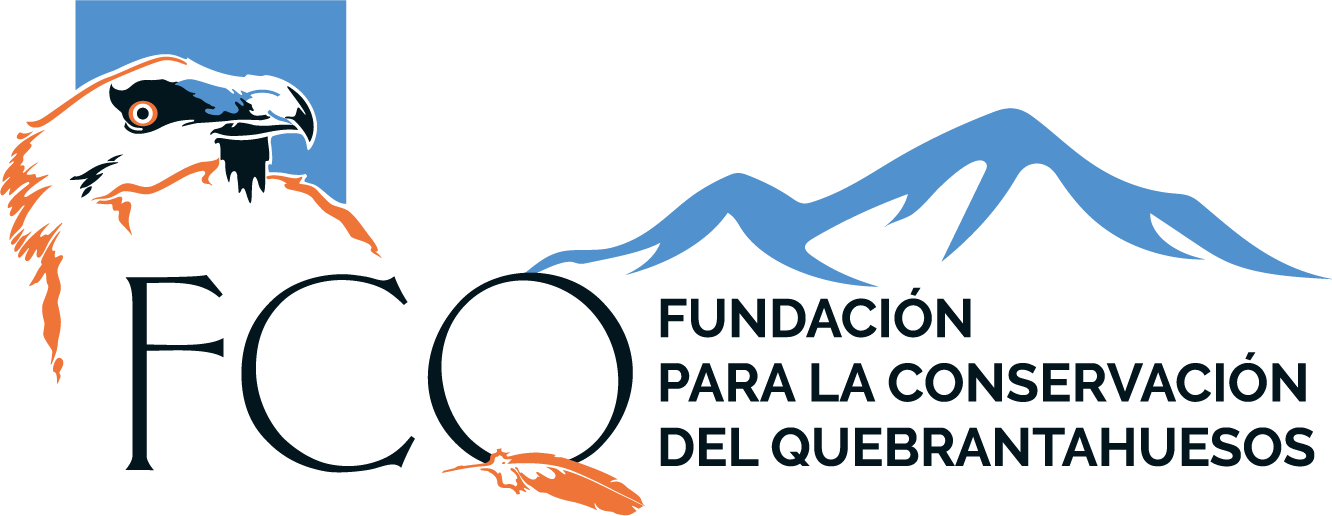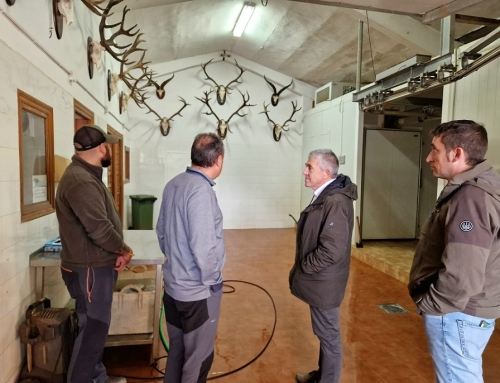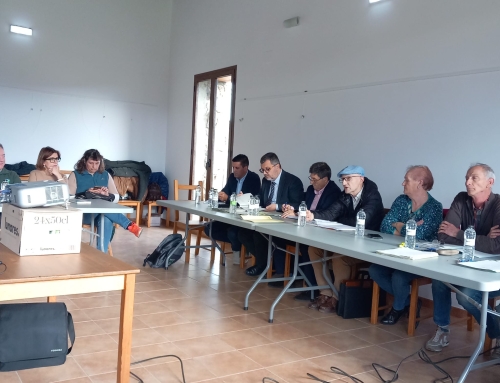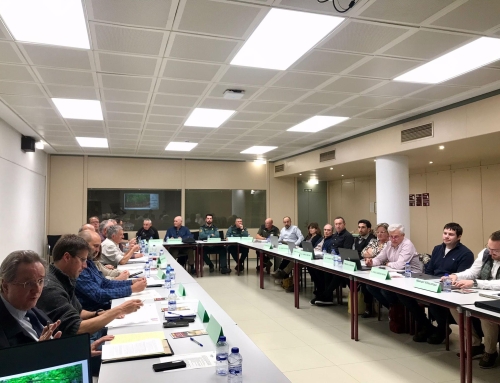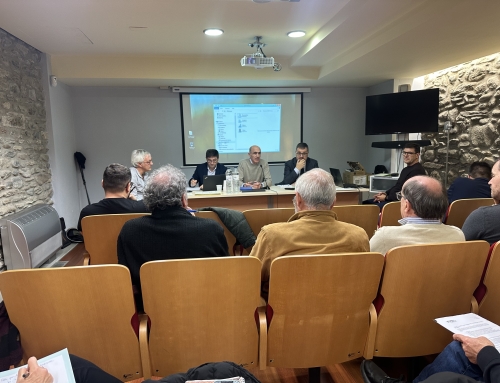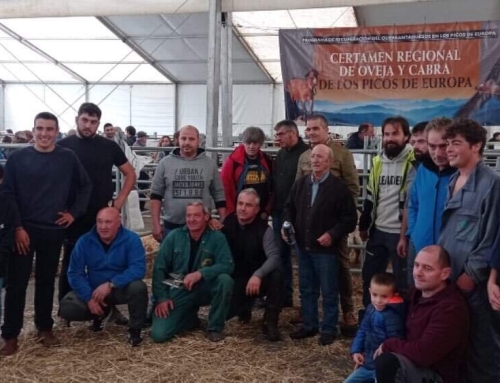
Bearded vulture meeting in Corsica. On November 7 and 8, 2024, the Regional Natural Park of Corsica hosted a crucial meeting for the conservation of the Bearded Vulture (Gypaetus barbatus) in the picturesque coastal town of Ajaccio, Corsica. Conservationists from all over Europe participated to learn about the progress, challenges and future directions of LIFE GypRescue, a project to prevent the extinction of the bearded vulture in Corsica that has been underway since 2021. Attended by more than 100 experts from several countries, the seminar provided valuable information on the current status of the critically endangered bearded vulture population in Corsica and underlined the need for continued collaborative efforts to ensure its survival. A population on the rise, but far from being saved The Corsican lammergeier population, still on the brink of extinction, has shown signs of recovery. The LIFE GypRescue project has stabilized its numbers from just two pairs to about four to six today. Although still modest, this increase marks a crucial change, suggesting that immediate extinction risks have been averted.
Main conservation challenges and solutions
Local experts shared their knowledge on the persistent threats faced by Corsican lammergeiers:
- Limited food sources:The Corsican mouflon population, a crucial food source, remains small, with only about 1,000 individuals. In addition, the seasonal availability of food, especially during the winter when they breed, adds challenges.
- Low reproductive productivity:Corsican bearded vultures have low reproductive success, partly due to the aging and isolation of the population and partly due to other factors that are still unclear. This has been ameliorated by increasing the population through the release of individuals.
- Lead poisoning: lead in hunting ammunition poses a serious risk to vultures. Through collaboration with hunters, the project has successfully advocated the use of lead-free alternatives in crucial habitats.
- Electrocution and collision risks:Collisions with power lines and electrocution remain constant hazards for the vultures. Project partner EDF has responded by isolating power lines and adding bird markers on the island, which has significantly reduced these hazards. Seminar highlights.
Highlights of the seminar In addition to the excellent expert presentations, one of the highlights of the seminar was the world premiere of a new documentary by Corsican filmmaker Martin Van Boone. Created as part of the LIFE GypRescue initiative, the documentary captures the essence of bearded vulture conservation, showing the unique beauty of the species and the enormous challenges involved in protecting it in the mountainous terrain of Corsica. The film is a compelling visual testimony to the dedication of those working to save these birds. Another inspiring aspect of the seminar was learning about the success of the restocking initiative and the remarkable cooperation with hunters to adopt lead-free ammunition. Efforts to improve reproductive success also include the monitoring of five nests with cameras, which will hopefully provide valuable information on the challenges affecting reproduction. Another key focus of the seminar that deserves mention is the preservation of the unique Corsican gene pool. As part of the project, three eggs that would not have hatched in the wild have been successfully incubated and integrated into the breeding stock. This milestone contributes to preserving the Corsican genetic lineage, although efforts are continuing to reflect more fully the genetic diversity of the native population. We therefore hope that other eggs, which cannot hatch in the wild, can hatch under human care, thus preserving the Corsican gene pool as fully and sustainably as possible. The hatchlings of these protected birds could be invaluable for future Corsican population recovery efforts. Moving forward with hope and collaboration The LIFE GypRescue project may have averted what seemed like an inevitable extinction for Corsican lammergeiers. Successful restocking and supplementary feeding, combined with efforts to address environmental and infrastructural threats, has turned the tide for this fragile population. The seminar highlighted the power of international collaboration, bringing together conservationists, local authorities and partners to share knowledge and strategies. As the bearded vultures continue their recovery, new project initiatives, such as the documentary, will help generate awareness and support for their survival. With Corsican and European conservationists working side by side, the future of the lammergeier in Corsica now offers a glimmer of hope, providing a powerful example of what can be achieved through collective action. Now is the time to continue the program of the International Bearded Vulture Encounter, so stay tuned for updates from the conference! About the LIFE GypRescue project Led by the Corsica Regional Natural Park, in partnership with the League for the Protection of Birds, the Directorate of Island Energy Systems, the Federation of South Corsican Hunters and the Foundation for the Conservation of Vultures, the LIFE GYPRESCUE project (LIFE20 NAT/FR/001553) was born in 2021 to prevent the extinction of the bearded vulture in Corsica.
The project team strives to increase the population through restocking actions, improve natural reproduction and increase the nesting capacity of the species on the island, while preventing human-related disturbances and mitigating threats to reduce mortality.
Source:
